Capabilities
Vision: Bears see in color and have good close-up vision. Distance vision (over 200 yards) untested. Hearing: Exceeds human frequency ranges and is probably twice the sensitivity. Smelling: Smelling ability…
Read More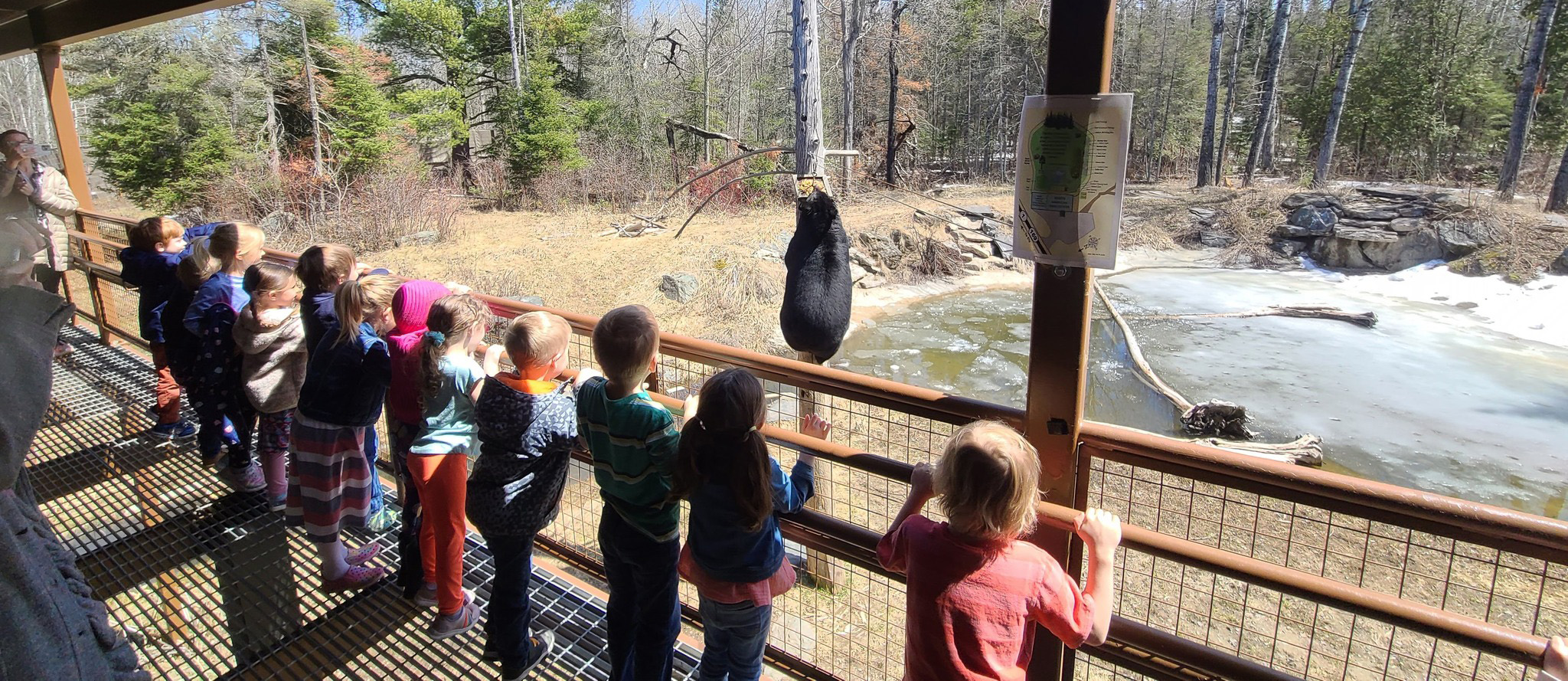
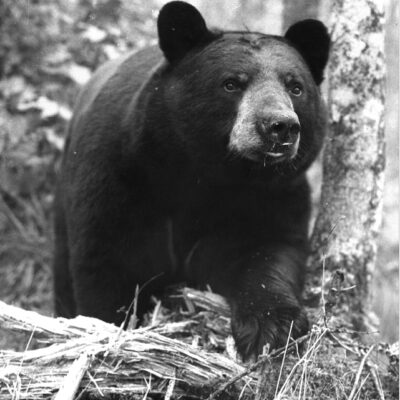
Vision: Bears see in color and have good close-up vision. Distance vision (over 200 yards) untested. Hearing: Exceeds human frequency ranges and is probably twice the sensitivity. Smelling: Smelling ability…
Read More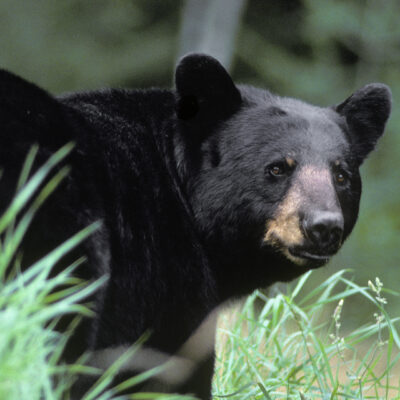
Potential Longevity (lifespan): Black bears can live 21-39 1/2 years or more if they are not killed. Causes of Death: In Minnesota, black bears less than 16-17 months old typically…
Read More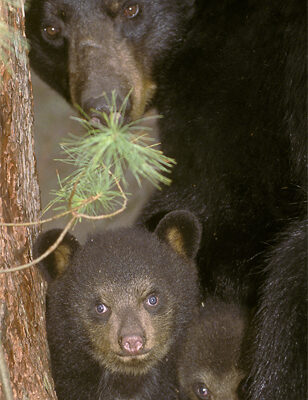
Mating season: Late May through June in northeastern Minnesota but into August in eastern and southern states. Males are ready to mate throughout that period but each female is ready…
Read More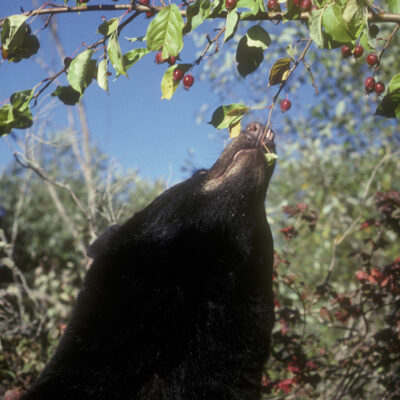
Preferred Foods: Nuts, acorns, fruit, insects, succulent greens. Meat and less succulent greens are eaten when preferred foods are scarce. A scarcity of preferred foods can result in failed reproduction,…
Read More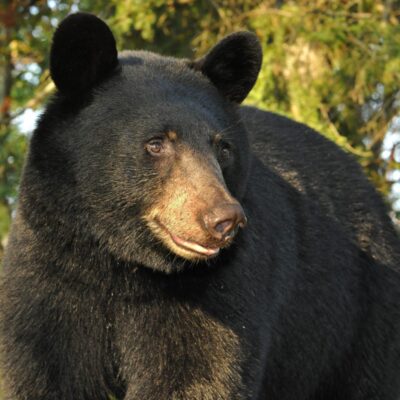
A stocky body for carrying fat and minimizing heat loss in winter Ability to grow dense insulating fur Ability to accumulate excess fat when food is available and remain healthy…
Read More
Vision: Bears see in color and have sharp vision close-up. Their distance vision (over two hundred yards) has not been tested. Hearing: Hearing is the black bear’s first line of…
Read More
Daily Activity Period: Most bears become active a half-hour before sunrise, take a nap or two during the day, and bed down for the night an hour or two after…
Read More
The most accurate way to tell the age of a bear is to count the rings in a cross section of a tooth root using a microscope. This cross-section is…
Read More
Saggital crest: This protrusion is for attachment of chewing muscles. Animals with a large saggital crest have a powerful bite. The saggital crest is much bigger on male black bears…
Read More
General: Black bears are 4 to 7 feet from nose to tail, 2 to 3 feet high at the shoulders, and have small eyes, rounded ears, a long snout, a…
Read MoreWe are a 501(c)(3) non-profit that relies entirely on the support of visitors, merchandise sales and people like you. We do not receive any state or federal funding.
Help support our mission.
Donate Now